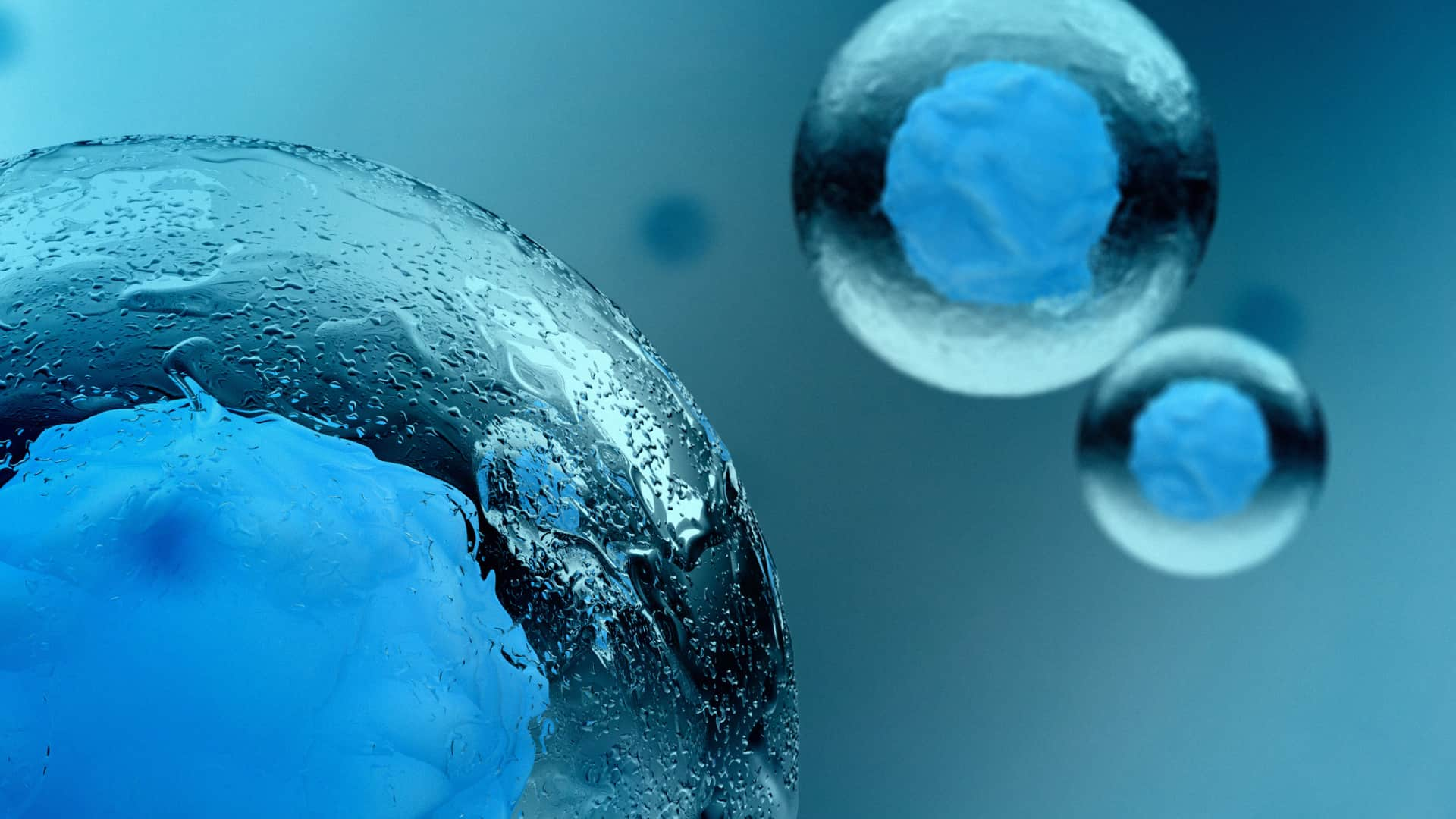DL-Phenylalanine

COMMON NAME
DL-Phenylalanine | DLPA
TOP BENEFITS OF DL-PHENYLALANINE
Supports neurotransmitter synthesis *
Supports mood *
Supports nociceptive functions *
WHAT IS DL-PHENYLALANINE?
DL-phenylalanine (DLPA) is a mixture of two forms of the essential amino acid phenylalanine, the naturally occurring L-phenylalanine and the synthetic D-phenylalanine. These two forms are stereoisomers, meaning they have the same chemical formula and a similar structure that differs only in the orientations of their atoms—they are mirror images of each other. DLPA delivers both forms to our body, allowing it to take advantage of the specific benefits of each form. L-phenylalanine is a precursor, via L-tyrosine, for the synthesis of the neurotransmitters dopamine, noradrenaline and adrenaline. L-phenylalanine is also the precursor for the synthesis of phenylethylamine, a neurotransmitter and neuromodulator popularly known as the “love drug.” Via dopamine and phenylethylamine production, L-phenylalanine has an important role in the support of mood [1,2]. D-phenylalanine may influence molecules and enzymes involved in the neural encoding of information used to sense and avoid potentially tissue-damaging stimuli [3].*
NEUROHACKER’S DL-PHENYLALANINE SOURCING
DL-phenylalanine sourcing is focused on ensuring it’s NON-GMO and vegan.
DL-PHENYLALANINE FORMULATING PRINCIPLES AND RATIONALE
DL-phenylalanine has been used in clinical trials at amounts ranging from 50 mg/day to 400 mg three times a day. Mild sedation and fatigue have been reported for daily amounts above 600 mg [4]. We chose a serving that is below the amount that has been linked to sedation or fatigue and which would be expected to be complementary with other ingredients, such as N-acetyl-L-tyrosine (NALT) or velvet bean extract, that support the production of dopamine and related molecules.*
DL-PHENYLALANINE KEY MECHANISMS
Supports brain function*
[L-phenylalanine]
Precursor (via L-tyrosine) for dopamine, noradrenaline and adrenaline synthesis* [1]
Precursor for phenylethylamine synthesis* [2]
Influences acetylcholinesterase activity* [5–7]
Influences brain ATPase activity* [5,7]
Influences glutamatergic neurotransmission* [8]
Supports nociceptive functions*
Supports neural encoding of sensory information* [9–13]
Influences enkephalinase activity [D-phenylalanine]* [3,14,15]
Supports healthy mood*
Supports positive affect* [4,16–18]
Supports mood stability* [4]
*These statements have not been evaluated by the Food and Drug Administration. This product is not intended to diagnose, treat, cure, or prevent any disease.
REFERENCES
[1]J.D. Fernstrom, M.H. Fernstrom, J. Nutr. 137 (2007) 1539S–1547S; discussion 1548S.
[2]M.D. Berry, J. Neurochem. 90 (2004) 257–271.
[3]L.M. Halpern, W.K. Dong, Pain 24 (1986) 223–237.
[4]D.R. Wood, F.W. Reimherr, P.H. Wender, Psychiatry Res. 16 (1985) 21–26.
[5]S. Tsakiris, Z. Naturforsch. C 56 (2001) 132–137.
[6]S. Tsakiris, P. Angelogianni, K.H. Schulpis, J.C. Stavridis, Clin. Biochem. 33 (2000) 103–106.
[7]S. Tsakiris, P. Kouniniotou-Krontiri, K.H. Schulpis, J.C. Stavridis, Z. Naturforsch. C 53 (1998) 163–167.
[8]A.V. Glushakov, D.M. Dennis, C. Sumners, C.N. Seubert, A.E. Martynyuk, J. Neurosci. Res. 72 (2003) 116–124.
[9]N.E. Walsh, S. Ramamurthy, L. Schoenfeld, J. Hoffman, Arch. Phys. Med. Rehabil. 67 (1986) 436–439.
[10]T. Nurmikko, A. Pertovaara, P.J. Pöntinen, Acupunct. Electrother. Res. 12 (1987) 185–191.
[11]T. Kitade, Y. Odahara, S. Shinohara, T. Ikeuchi, T. Sakai, K. Morikawa, M. Minamikawa, S. Toyota, A. Kawachi, M. Hyodo, Acupunct. Electrother. Res. 13 (1988) 87–97.
[12]T. Kitade, Y. Odahara, S. Shinohara, T. Ikeuchi, T. Sakai, K. Morikawa, M. Minamikawa, S. Toyota, A. Kawachi, M. Hyodo, Acupunct. Electrother. Res. 15 (1990) 121–135.
[13]A.L. Russell, M.F. McCarty, Med. Hypotheses 55 (2000) 283–288.
[14]S. Ehrenpreis, Acupunct. Electrother. Res. 7 (1982) 157–172.
[15]S. Ehrenpreis, Acupunct. Electrother. Res. 10 (1985) 203–208.
[16]H. Beckmann, D. Athen, M. Olteanu, R. Zimmer, Arch. Psychiatr. Nervenkr. 227 (1979) 49–58.
[17]H. Beckmann, M.A. Strauss, E. Ludolph, J. Neural Transm. 41 (1977) 123–134.
[18]E. Fischer, B. Heller, M. Nachon, H. Spatz, Arzneimittelforschung 25 (1975) 132.




